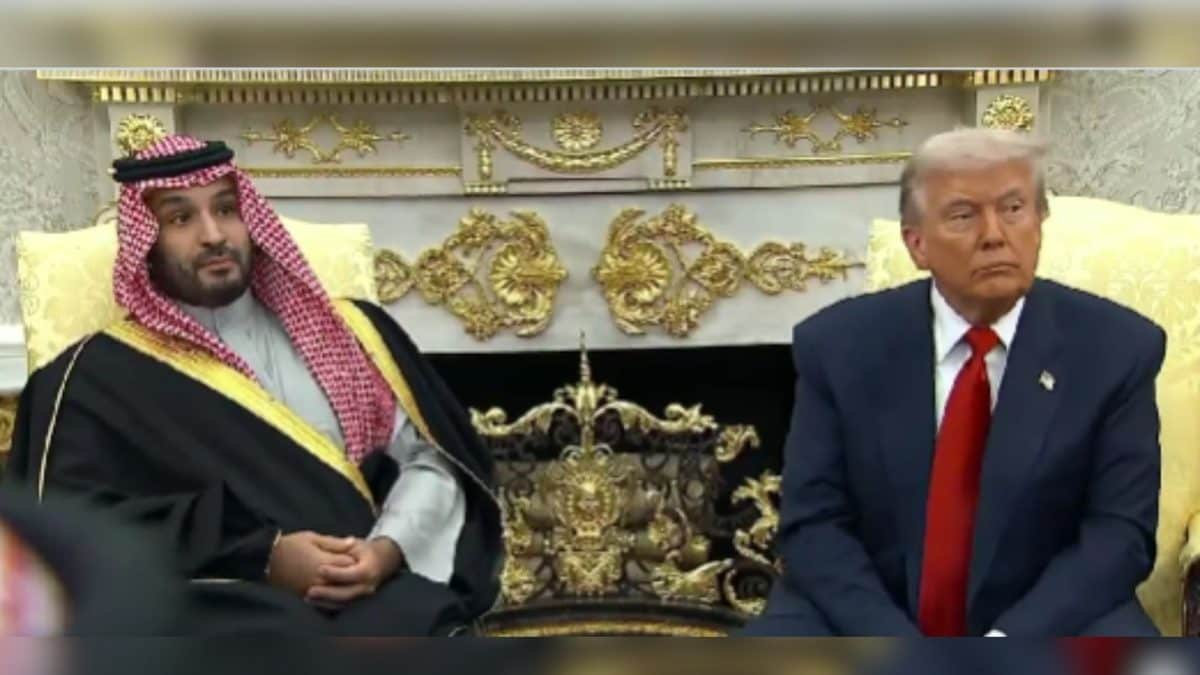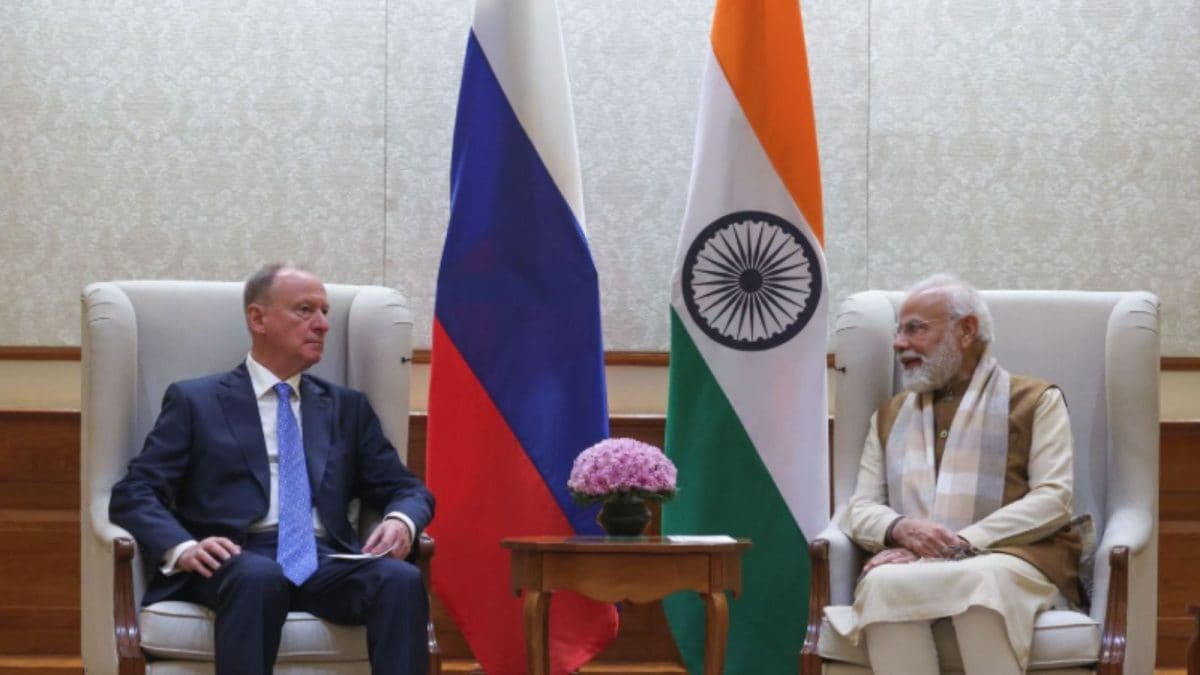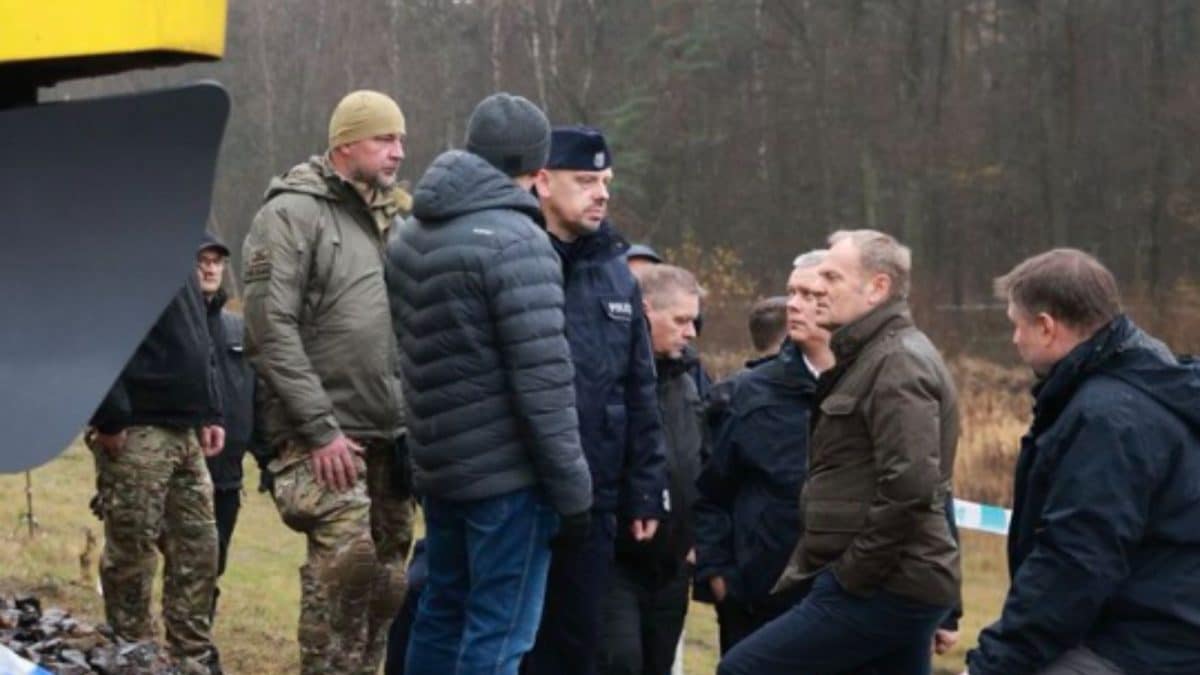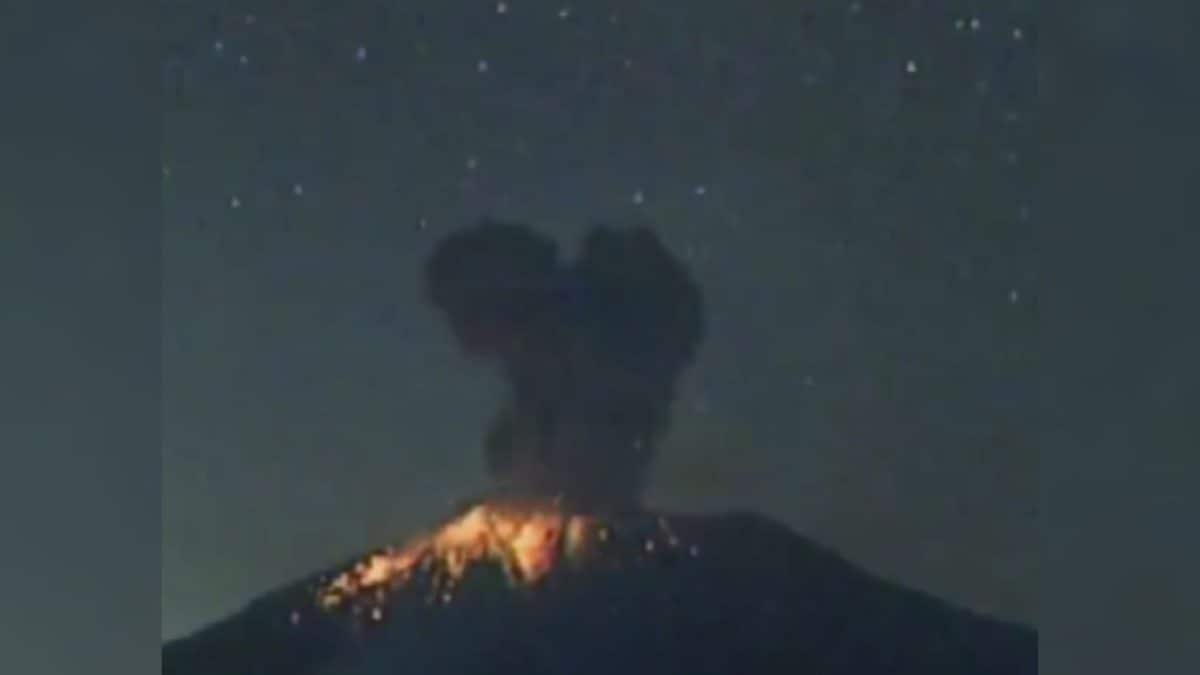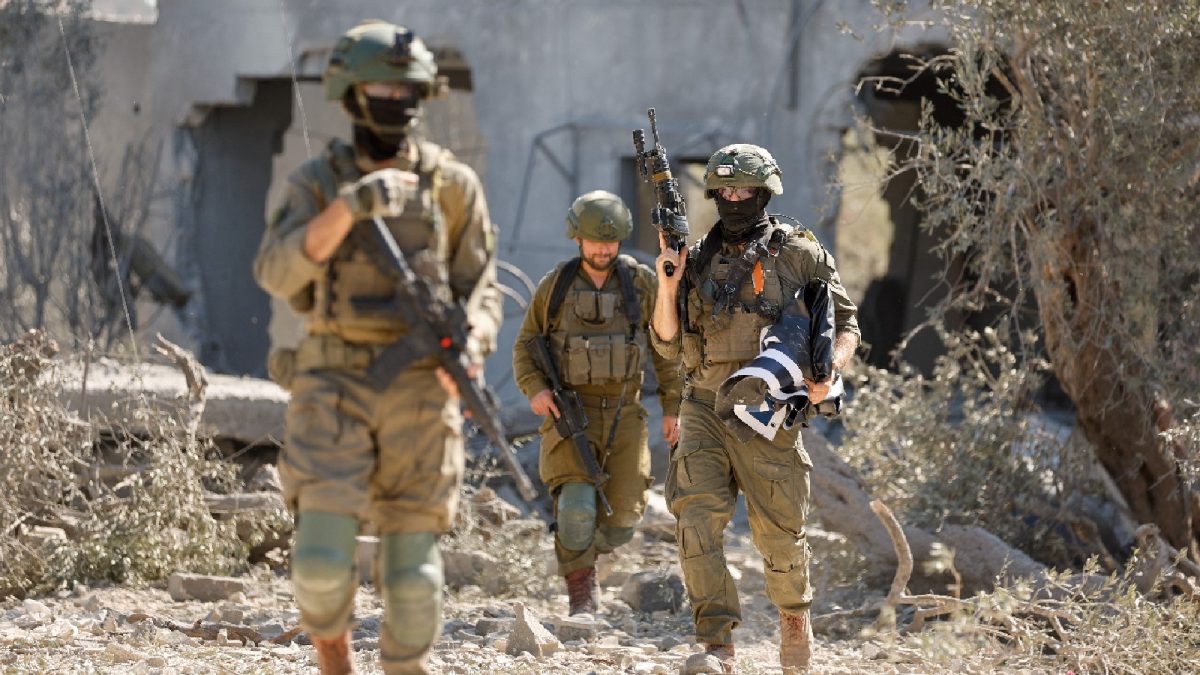Twin threats from India and Afghanistan and twin insurgencies raging within, why Field Marshal Munir has his hands full.

Pakistan Field Marshal Asim Munir (Image: Vani Gupta/India Today)
Pakistan launched a series of air strikes into the Afghan capital Kabul and other cities of Afghanistan on the night of October 9. The pre-dawn strikes reportedly were aimed at the Tehreek-e-Taliban Pakistan (TTP), which Pakistan says operates out of safe havens in Afghanistan.
These unprecedented strikes, the first by Pakistan on the Afghan capital were timed with the visit of Taliban Foreign Minister Maulavi Amir Khan Muttaqi to New Delhi. Muttaqi’s two-day visit, which began on October 9 is the highest level contact between New Delhi and the Afghan Taliban who have ruled Kabul since the US withdrawal in August 2021.
TTP chief Mufti Noor Wali Mehsud is believed to be the target of the Pakistani airstrikes. Mehsud has led the TTP since the killing of Maulana Fazlullah in a US-drone strike in 2018, unifying warring TTP factions, bringing out a code of conduct, and leading the deadliest attacks on the Pakistan military. Since January 2025, over 900 Pakistani military personnel have been killed by the TTP. This is the bloodiest year in the region since 2009, the year where over 1000 Pakistani security personnel were killed. On October 7 this year, 17 Pakistan army personnel including a Lt Colonel and a Major, were killed when the TTP ambushed a military convoy in Orakzai District of Khyber-Pakhtunkhawa near the Afghan border.
Pakistan has accused the Taliban of sheltering the TTP in Khost and Paktika provinces from where they have struck at the Pakistan army.
In 2024, Pakistan bombed TTP targets inside Afghanistan. But these were smaller strikes. Pakistan’s October 9 strikes mark a new flashpoint which could see retaliation from the Taliban.
The new Af-Pak clashes could potentially give President Donald a ninth conflict in which he could mediate in his quest for a Nobel Peace Prize. But they present a nightmare for GHQ Rawalpindi, which has to deploy soldiers along borders with India and Afghanistan and simultaneously fight twin insurgencies raging in its Balochistan and Khyber-Pakhtunkhawa provinces. This unique tetra crisis pose a challenge to the new Af-Pak Great Game which began with the arrival of Donald Trump in the White House this year.
In September, Donald Trump publicly asked Afghanistan to hand over its strategic Bagram airbase to the US. The Soviet-built airbase was the nucleus of its two-decade-long troop deployment in Afghanistan. An unprecedented October 9 statement from the Moscow Format of Consultations on Afghanistan, which includes India, China and Russia, opposed the return of a US presence in Afghanistan.
The US is banking on the Pakistan Army to support its return to the region. As in the past, the Pakistan Army will use the US to acquire funds and high-tech military equipment to deter India. In the early 1980s, General Zia acquired sophisticated F-16 fighter jets from the US as quid pro quo for his support during the first Afghan war, General Pervez Musharraf upgraded those F-16s and bought new AIM-120C5 AMRAAM missiles during the second Afghan war in 2006. This month, Field Marshal Asim Munir, got the US to agree to sell advanced versions of the AMRAAM missiles for Pakistan’s F-16s as part of the post-Operation Sindoor buildup.
Munir is also wooing the US with deals for rare earths and minerals, offering its Pasni port with a railway line which could potentially allow the US a corridor into the five natural resource-rich Central Asian countries.
The attacks by the TTP and tensions with Afghanistan directly imperil the Pakistan army’s pitch to potential investors and the stability of transit corridors to Central Asia.
Worse, the new spiral of violence threatens the Generals of GHQ-Rawalpindi with a two front nightmare. For many in the region, it would seem like comeuppance for the Pakistan Army’s perfidious double-dealing during its two decade-long War on Terror between 2001 and 2021. The Pakistan Army assisted the US-led coalition who were fighting the Taliban and Al Qaida and simultaneously, sheltered the Taliban. Al Qaida chief Osama bin Laden was tracked and killed by US special forces in 2011, a stone’s throw away from a prestigious military academy which trains Pakistan army officers.
The 2021 collapse of the Western-backed Ashraf Ghani government, also supported by New Delhi, did not result in what Pakistan’s generals called ‘strategic depth’— offsetting their own geographic vulnerability against India with a pro-Pak Afghanistan. Pakistan’s tensions with Afghanistan started almost immediately after the 2021 US withdrawal, including the decoration of over 300,000 Afghan refugees from Pakistan. In 2024, Pakistan launched multiple attacks on militant targets in Afghanistan, many of them using drones. The last such Pakistani strike was in December 2024 which 46 Afghans were killed, mostly civilians. The October 9 Pakistani airstrikes mark a wider rupture in the Af-Pak rift.
- Ends
Published By:
Akshat Trivedi
Published On:
Oct 10, 2025
Tune In

 1 month ago
1 month ago


